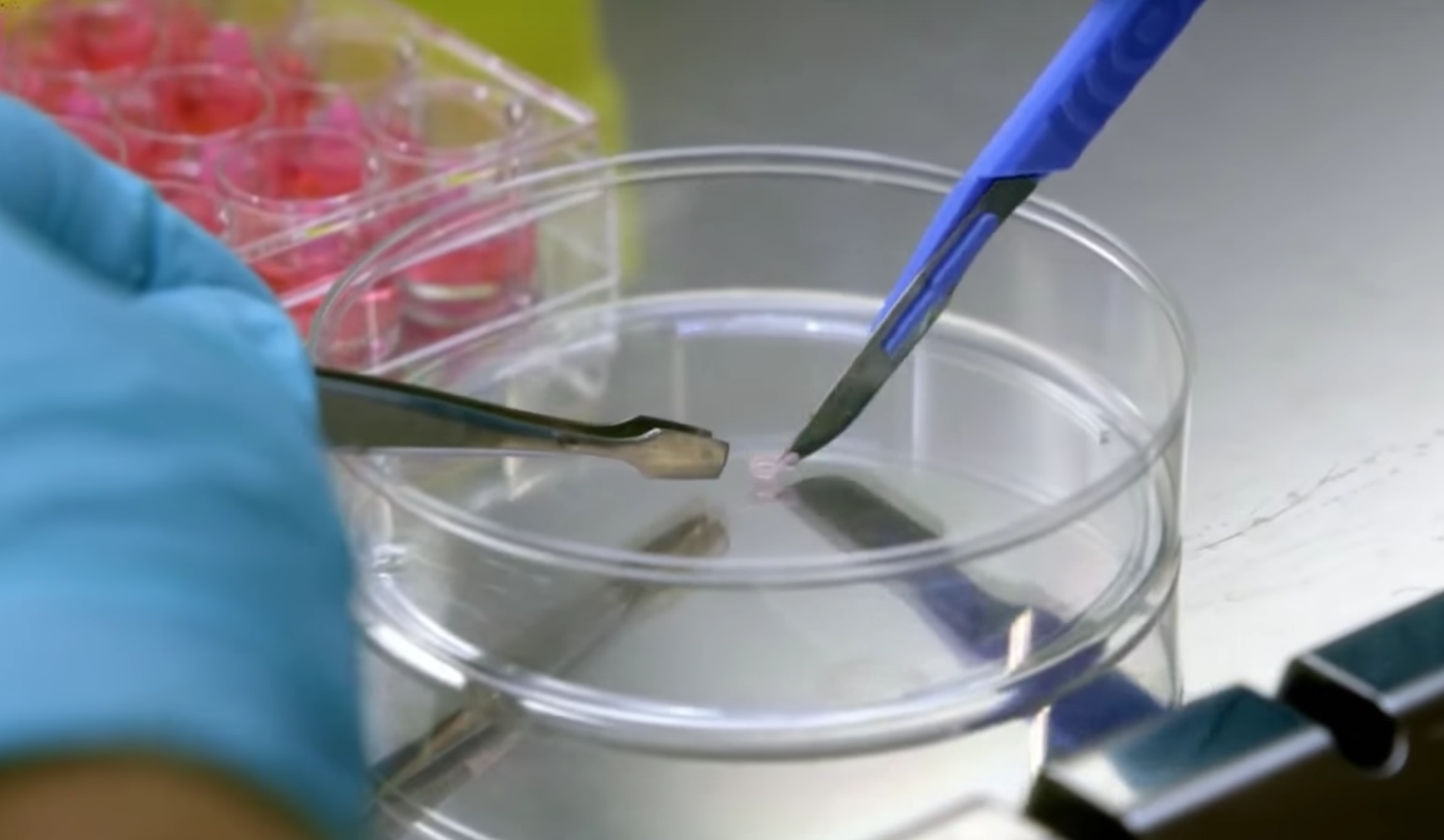
IN SPOTLIGHT
Four scenarios on the future of AI in the workplace
AI’s rapid rise in the workplace is opening up new possibilities—some optimistic, others unsettling. We explore how AI could alter job roles, workplace dynamics, and society at large through four different scenarios.
BLOG BY FUTURES PLATFORM
Printing Better Lives
Czech scientists from a research group at the Brno University of Technology developed a mechanical and computer model, with the aid of 3D printing, that allows them to simulate a variety of biological conditions, like asthma and other chronic afflictions. It can help us understand the diseases better, devise optimal treatment courses, and even help doctors practice surgeries with precision.
Looking for an Alternative to That Glass of Wine?
The alcohol industry is used to competition but not so much to disruption. It has some of the most devout followers and healthiest profit margins of any industry. But some people are trying to bring change to the industry, whether by creating wine in a laboratory or by getting rid of alcohol entirely. Are their efforts being rewarded?
The Future of Payments
Cash is still king in many countries, even with the advent of debit and credit cards. But now cash and card payments are facing a challenge from new foes - smartphones and social platforms. With over one-third of the world having access to smartphones, and their high penetration in developed countries, will we still need to carry our wallets around?
Is the Hyperloop Coming to the Nordics?
The company Hyperloop One announced the semi-finalists of their challenge: to make a good case for how the Hyperloop track might generate economic growth, development, and change the way people live and work in their region. Among the routes was the 90-kilometer journey between Tallinn and Helsinki. But is this happening any time soon, in the Nordics or around the world?
Fake News 2.0
Williams College wrote code that uses a type of machine-learning algorithm to create art that is practically indistinguishable from “real” art. The technique can also be applied to videos and other images—which makes us wonder: How will we be able to tell what's real from what's not in the future?
Global Middle-Class Grew Faster Than Expected
According to a recent report by the Brookings Institution, the world's middle class is growing – and fast. The report indicated that today, 140 million people annually enter the status of middle class. In 5 years, this number can go up to 170 million.
The Power of Crowdsourcing
One of the foremost applications of crowdsourcing is in solving hard or complex problems. The old adage says that two heads are better than one. Well, by crowdsourcing solutions for complex problems from thousands or possibly even millions of people, solutions might be not only better but arrive much faster.
Transparent Wood
Two research groups, from the University of Maryland and the KTH Royal Institute of Technology, almost simultaneously introduced chemical solutions capable of removing the molecules that provide wood with its colour. Don’t be surprised if this renewed traditional material rapidly revolutionises architecture and electronics.
No Perfect Baby Just Yet
In February 2017, the National Academy of Sciences (NAS) and the National Academy of Medicine (NAM) released a report on the science, ethics and governance of genetically engineering human beings. This was spurred by the rapid development of the gene-editing technology known as CRISPR/Cas9.
4 Big Changes VR Is Bringing
Virtual Reality will change the way many companies approach physical prototyping. With VR, companies will be able to design their products on a computer much like they do now, but after that, they get to skip a test and instead immediately visualize it as if it were right in front of them.
The Magic Pill
Why are governments investing so much in precision medicine? Why are genomics companies like Illumina or Agilent Technologies, who many of us have never heard of, worth billions more than Snap, Inc or Twitter?
Are We Ready for Artificial Meat?
In 2013, Dr. Mark Post and his team at Maastricht University created the first “cultured” burger in the world. Made from muscle-specific stem cells from real cows and later cultured into fibers of muscle tissue thrown together to form a patty, the burger was fully grown in a laboratory. Its cost? US$ 331,000, making it the most expensive burger in the world. Billionaire and Google co-founder Sergey Brin paid the bill.













